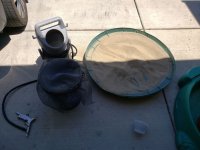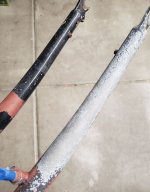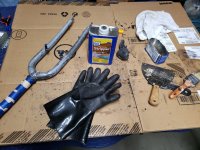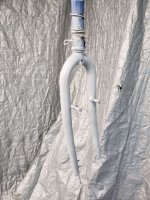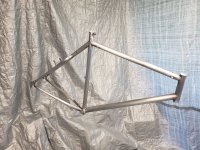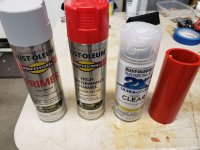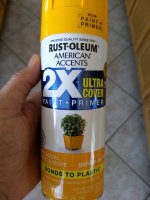rootshell
1 W
e-beach said:Sounds to me like you are going in a good direction with your e-bike plan.
Other small details,
you might consider, after riding for a while, to change your rear break to the left side lever. They call it Moto style, why I don't know as all my motorcycles had a foot pedal for a rear break. However, ones right hand can get tired doing all the throttling and breaking. When you start riding you will feel it in your thumb anyway from the throttle. That goes away over time. Some prefer twist throttles for that reason, and that they might fit your handle bars better depending on your shifters. You may not ride enough to have a tired right hand. Just know it can happen.
We used to own a nice GearBox toy hauler and 3 ATV's for trips down to pismo beach. I know ALL about thumb throttle fatigue.
The kit came with a twist throttle. But I may relocate the rear brake to the left on the rebuild since I have no real preference to start with.
e-beach said:Some of us around here make sure our front break can not lock up the front tire. I got hurt once when a car cut me off and I pulled my breaks so hard the front tire stopped rotating. If it only washed out I would have been better off, but my inertia caused my bike to flip as everything rotated over the front wheel leaving meflying over the handlebars. I landed hands first injuring both hands and my right solder. My hands healed in a few months, but my solder took a year to heal. So now my back break locks up the wheel, but the front break grabs hard but is not adjusted to lock up the wheel. It also allows you to steer the bike while breaking while breaking hard.


Good points on the front lockup. :wink:


